Hygrophila corymbosa
Scientific name: Hygrophila corymbosa
Family: Acanthaceae
Usual maximum size in aquariums: 15 - 40 cm (5.91 - 15.75 inch)
014
Recommended pH range for the species: 6.3 - 7.5
Recommended water hardness (dGH): 4 - 18°N (71.43 - 321.43ppm)
0°C 32°F30°C 86°F
Recommended temperature: 20 - 28 °C (68 - 82.4°F)
Reproduction of the plant: Cuttings
Origin (in the wild): East Asia
How fast these plants grow: Fast
Recommended substrate: Fine gravel
Demands on lighting: Bright
Ideal placement in a fish tank: Middle
Common Name
Temple Plant
Propagation
To propagate, take a cutting from the main plant and remove the leaves at the bottom. Carefully place the cutting into the substrate, ensuring the stem isn’t damaged. Roots will soon develop, forming a new plant. Make sure the cuttings have plenty of nutrients in the water to encourage faster root growth.
Difficulty
Easy
Short Description
This plant is often found growing above water in its native regions, but it adapts well to being fully submerged in aquariums. When grown above water, it can produce purple flowers, but this won't happen when it’s underwater in an aquarium. Ensure the substrate has plenty of nutrients, and consider using a CO2 system for optimal growth.
Hygrophila corymbosa works best as a background plant in aquariums because of its height. In medium-sized tanks, it can also serve as a focal plant, adding a striking display to your setup.
This plant is low-maintenance and suitable for most aquariums, though it’s better suited for medium to large tanks rather than smaller setups due to its size. It also prefers moderate to high lighting, as low light levels may not be sufficient.
Because it can thrive in a wide range of water conditions, it's an excellent choice for beginners to planted tanks. However, there are a few things to watch for. If the leaves start to turn yellow, it might be a sign of iron deficiency, so adding extra iron supplements can help. Low mineral levels can slow growth and cause stunted plants, but increasing the mineral content can quickly fix this issue.
This plant is widely available and easy to propagate from your existing plants. Over time, you may even have extra plants to share or sell to fellow hobbyists.



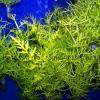 Hygrophila difformis
Hygrophila difformis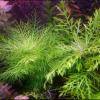 Hygrophila difformis variegated
Hygrophila difformis variegated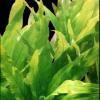 Hygrophila guianensis
Hygrophila guianensis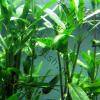 Hygrophila polysperma
Hygrophila polysperma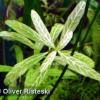 Hygrophila polysperma ‘Rosanervig’
Hygrophila polysperma ‘Rosanervig’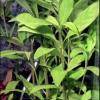 Hygrophila salicifolia (stricta)
Hygrophila salicifolia (stricta)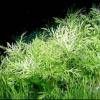 Synnema triflorum
Synnema triflorum